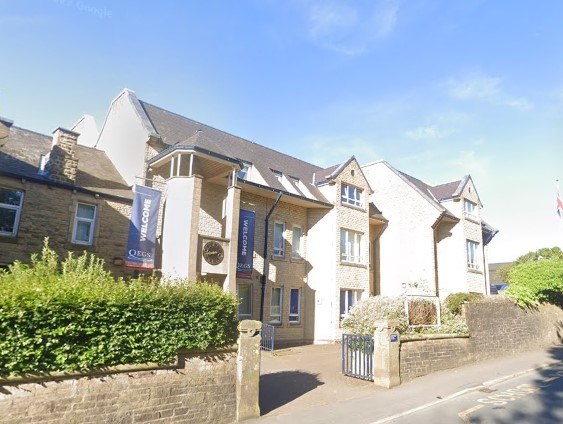A regional daily which relied on a single anonymous source for a story about an alleged school attack has been rapped by the press watchdog.
The Independent Press Standards Organisation has found against the Lancashire Telegraph after it failed to properly verify a claim that a pupil at Blackburn’s Queen Elizabeth’s Grammar School was “beaten around the head” by a classmate with a metal water bottle.
The story prompted a complaint by the school to IPSO on the grounds that it contained numerous inaccuracies.
After an investigation, the watchdog found the Blackburn-based Telegraph had not been able to provide any information to support the veracity of an allegation made in the piece and had failed to take care over its accuracy.

Queen Elizabeth’s Grammar School, Blackburn
The story, published on 26 January this year, reported that “according to a parent of a child at the school, [a] pupil was ‘beaten around the head’ by a classmate with a metal water bottle, and as a result was taken to hospital for treatment”.
The Telegraph said that “it is believed the incident happened yesterday – Wednesday, January 25 – with pupils in the class reportedly being told to stay at home today”.
It went on to report that “’children who were around at the time saw blood everywhere and lots of screaming,’ said the parent, who asked not to be named” and “students in the class where the attack took place have been sent home ‘for their own safety’, while a school spokeperson’s comment was also included.
But, complaining under Clause 1 (Accuracy) of the Editors’ Code of Practice, QEGS said a pupil had not been “beaten around the head”, but instead a child had punched another in the mouth while holding a drinking bottle in the same hand.
The school further said it was inaccurate to say students in the class had been sent home for their safety and explained that the only children who had left the school premises after the incident were the two children involved.
Denying any breach of Code, the Telegraph said it had been contacted anonymously via its website regarding the incident.
It added a reporter had contacted the person who got in touch to find out more details, but the contact did not respond to their email.
The Telegraph said it had given the school an opportunity to provide a comprehensive statement and to set the record straight on the incident, which could have addressed any alleged inaccuracies in what was reported, and told IPSO that all claims and descriptions of the incident were in speech marks or reported as speech.
The newspaper further claimed the school’s failure to provide any explanation of what actually happened in the incident meant there was nothing to suggest that the anonymous tip was inaccurate.
IPSO noted there is no standalone requirement for a story to come from multiple sources – provided care is taken over the accuracy of published information, and comment is distinguished from fact.
However, it found that the specific reported claim that “students in the class where the attack took place have been sent home ‘for their own safety’” and “it is believed the incident happened yesterday – Wednesday, January 25 – with pupils in the class reportedly being told to stay at home today” had not been presented to the school for its comments in the email the reporter had initially sent to it.
Given that this allegation had not been put to the school prior to publication and was based on an anonymous website submission from a single, unverified source, which had not responded to requests for further information, the Committee considered that there was a failure to take care over the accuracy of this claim.
The complaint was upheld, and the full adjudication can be read here.

 Follow HTFP on Twitter
Follow HTFP on Twitter